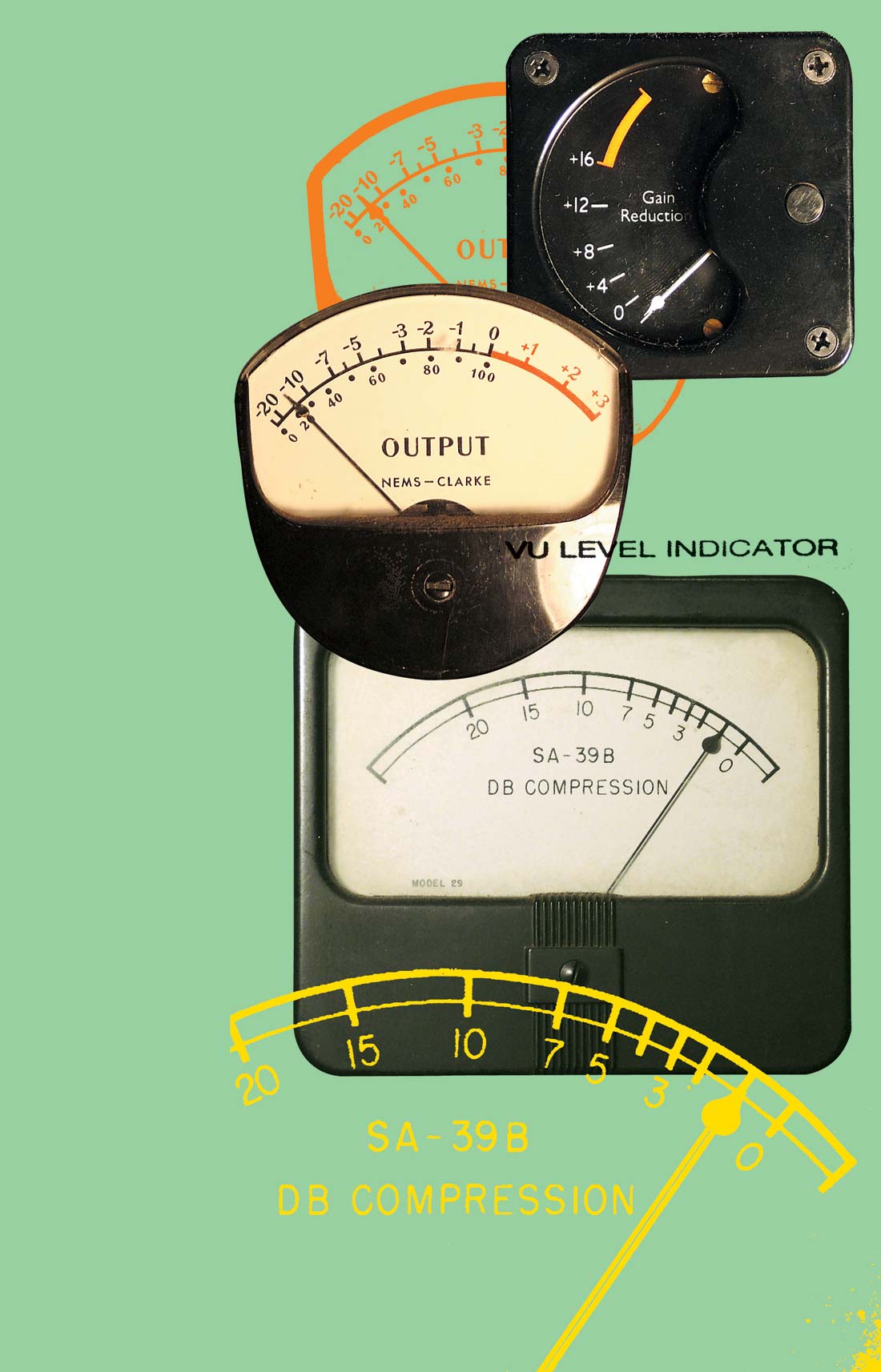With inexpensive mics seemingly as common as guitar picks, one must ask, "Does the world need another cheap mic?" But after testing the AT2020, my answer is a resounding, "Yes!" Because the AT2020 is anything but "another cheap mic."
The AT2020 provides pleasant surprises in several areas. First, instead of it having a lightweight body with lots of plastic, its construction is metal, and the mic weighs in at a solid 12.1 oz. Do they skimp on the accessories? Well, not really. The AT2020 comes supplied with a metal swivel-mount (similar to the one found on the Neumann TLM 103) and a soft travel pouch. The flexibility of this mount is great. And it's a lot less intrusive than a bulky suspended shockmount. I like. I like.
Given its price, the AT2020 is clearly targeted at the project studio market. So, I decided to try it on a variety of sources. After all, most small studios only have a few mics that often have to do multiple duties. On acoustic guitar, we set up an AKG C 1000S (another low-cost Hong & Haines favorite) and the AT2020. In blind tests, we chose the AT2020, which was surprising. The C 1000S usually tops other mics in this application (to my ears). Although both sounded good, the AT2020 had a slightly more developed bottom end. In a track where the acoustic is an accent piece, the C 1000S might have been the choice, but in this sparsely-arranged ballad, the most full sonic picture of the instrument was desirable, and the AT2020 did a slightly better job in that respect.
At this point, I was starting to expect things from this mic, so we tried it for vocals. We set up the AT2020, an MXL V63M, and a Shure Beta 57. We asked the talented Kendell Romanelli do some backing tracks for her current project. Her lead vocals were recorded with a BLUE Kiwi or an ADK A-51 CE, so we were looking for a different texture. Again, in blind tests, we unanimously chose the AT2020. It provided the most depth and kept the highs smooth without getting harsh. In comparison, the Shure really cut through the mix, but that wasn't our aim for backing tracks. The MXL was solid, but it had neither the depth nor the high-end restraint of the AT2020.
We also tried the AT2020 on other sources, including tambourine, which is a real torture test for most microphones. In all cases, the AT2020 handled itself well. In fact, I didn't actually find a source for which the mic sounded bad. From electric guitar to toms, the AT2020 is generally flat, with a slight rise in the high end-but it's very slight. At a time when the market is saturated with hyped mics, having a present but controlled top end was refreshing. I wouldn't go as far as calling the AT2020 a desert island mic, but for a street price of under $100, this performance should be applauded.
Not all inexpensive mics are the same. The AT2020 is proof. I don't know how Audio-Technica did it, but this mic is well-built, comes with useful accessories, and offers solid performance at an amazing price. If you're in the market for a decent condenser, put the AT2020 on your short list. Project studios will stretch their equipment dollars far, and bigger studios can get a workhorse for around the same price as "the" dynamic mic we always mention. ($169 MSRP; www.audio-technica.com)




_disp_horizontal_bw.jpg)